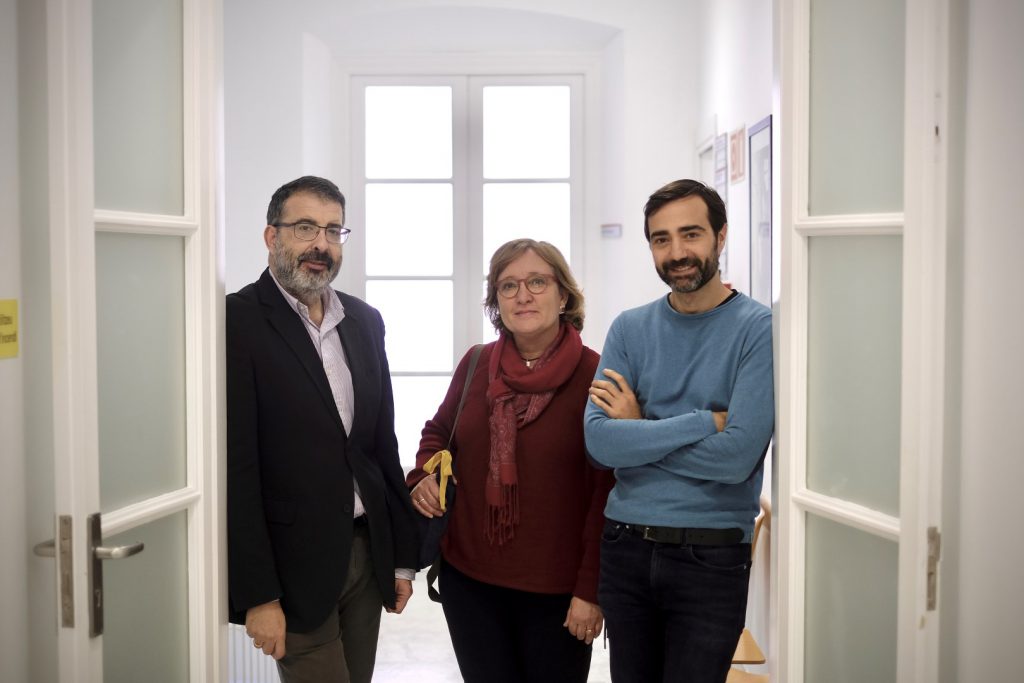20/02/2020
Universitat Rovira i Virgili researchers propose a model for more fairly dividing CO2 emissions quotas between countries
It is an environmental distribution method that aims to prevent the more influential countries from conditioning the climate change negotiations

It is an environmental distribution method that aims to prevent the more influential countries from conditioning the climate change negotiations
Disagreements over the CO2 emissions quota permitted for each country often condition the multilateral negotiations on climate change. These negotiations usually either stall because the participants cannot agree on the restrictions or end up with the quotas being unevenly distributed due to political pressure. Those regions that generate most emissions are usually those that demand higher quotas and are also the most powerful and influential, which complicates attempts to divide the quotas up. Often, countries form blocks to defend similar interests and this also adds tension to the negotiations. Now, a study by the professors Juan Antonio Duro and José Manuel Giménez, from the Department of Economics, and Cori Vilella, from the Department of Business Management, has proposed a completely different and more neutral method for dividing up the global carbon budget. The results of this study have been published in the scientific journal Energy Economics.
During the study, the researchers analysed the behaviour of a list of rules for theoretical distribution based on certain properties and selection criteria. Seven of these rules were chosen to create a theoretical frame in which all countries would participate. Thus, it would only be necessary for the various regions to agree to accept this process. The rules of the game were taken from the theoretical literature and have a series of technical properties. Once the rules had been technically validated, the researchers proposed certain selection criteria such the degree of equality.
“Instead of trying to get the regions to agree on which indicator should determine the emissions quota (per capita income, population, etc.), we propose the use of these mathematical rules, which all the regions must accept a priori”, explained Juan Antonio Duro.
They used an estimate of the emissions claims that would be made by five groups of countries in 2050: rich countries (OECD), Asia, Latin America, Middle East and the Easter Europe countries. The researcher applied the mathematical rules to the claims of each region, which all exceeded their allotted carbon budget, and they obtained a figure for each region. On analysing the results, they concluded that of these seven rules, the one called α-min is the most neutral, fair and proportional when it comes to sharing out the carbon budget, and may be easier to put into practice.
“Those groups that emit the least could receive almost all they ask for, which would ensure equality. The rest of the carbon budget would be divided up proportionally between the remaining groups, so that higher quotas could be given to those who emit the most so that they do not have to make such a big sacrifice when reducing their emissions”, explained Duro. The researcher insists that the results of this study “are not an attempt to impose any method, but we do propose this idea for when the negotiations become stalled due to lack of agreement”, he concluded.
Reference: Juan Antonio Duro, José Manuel Giménez-Gómez, Cori Vilella. “The allocation of CO2 emissions as a claims problema”. Energy Economics. DOI: Https://doi.org/10.1016/J.eneco.2019.104652
